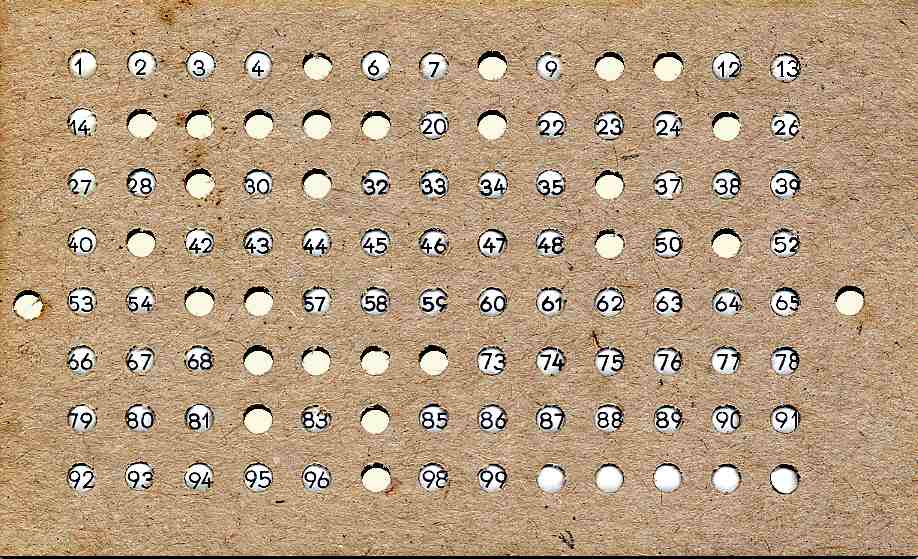Queen Marking Paint
Marking Disc Adhesive
|
|
|
|---|
|
Queen Marking Paint Marking Disc Adhesive |
Numbers for Marking Queens that need a Definite Identity |
|---|
Queen honey bees are marked for various different reasons:-
All of the above listed reasons have their place in beekeeping, but the use of numbers is only relevant for breeding projects or in some cases for experiments that need to be able to identify a single bee.
|
The version shown at right is made in Germany and is packed in five colours with a phial of lacquer fixative. The pack is illustrated below right and the contents are spread out in the view below. |

|
|---|

|

|
|---|
Written... 28 September to 06 October 2004, |
![]()
![]()